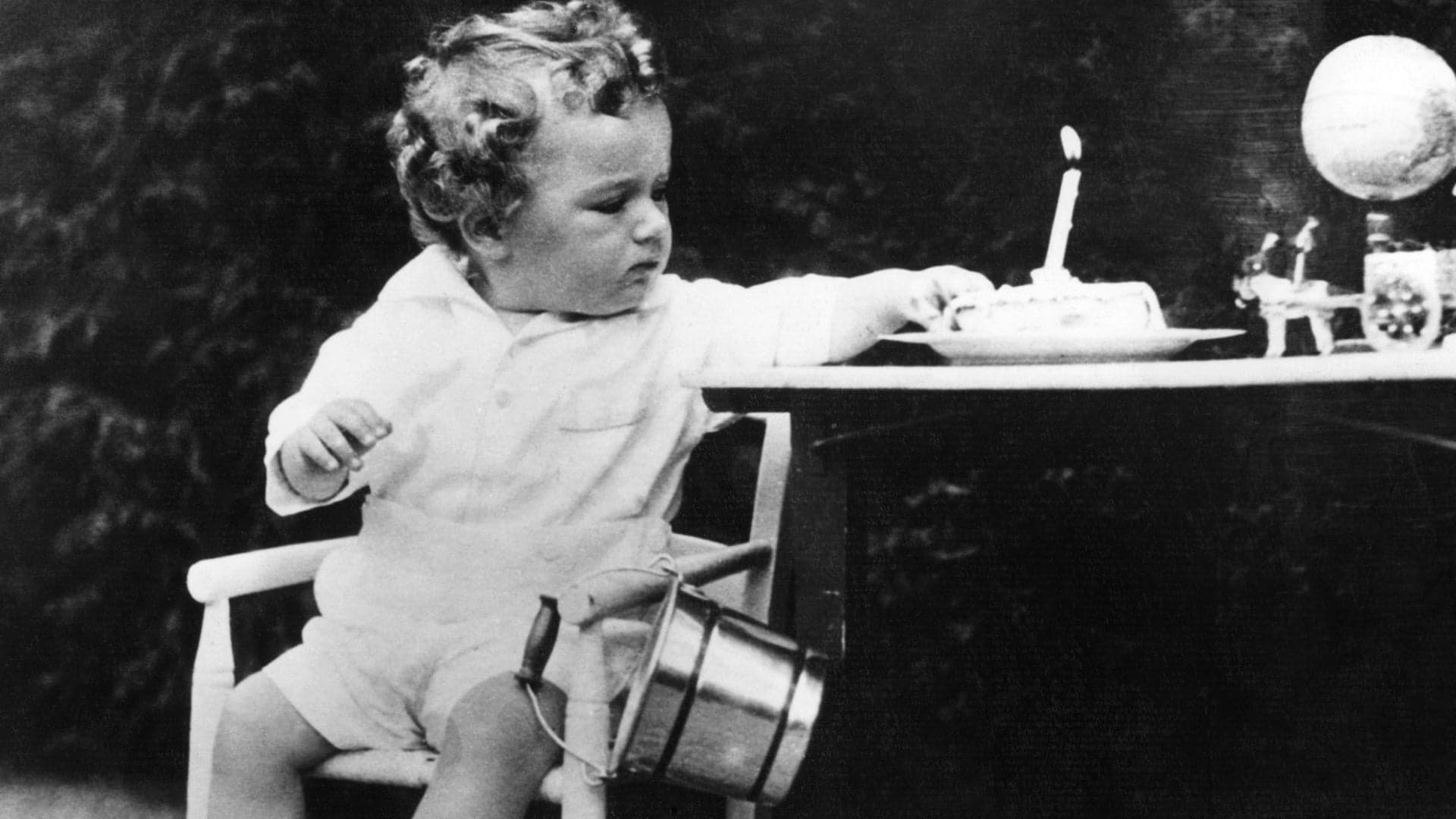The body of aviation hero Charles Lindbergh’s baby is found on May 12, 1932, more than two months after he was kidnapped from his family’s Hopewell, New Jersey, mansion.
Lindbergh, who became the first worldwide celebrity five years earlier when he flew The Spirit of St. Louis across the Atlantic, and his wife Anne Morrow Lindbergh discovered a ransom note in their 20-month-old child’s empty room on March 1. The kidnapper had used a ladder to climb up to the open second-floor window and had left muddy footprints in the room. In barely legible English, the ransom note demanded $50,000.
The crime captured the attention of the entire nation. The Lindbergh family was inundated by offers of assistance and false clues. Even Al Capone offered his help from prison, though it of course was conditioned on his release. For three days, investigators had found nothing and there was no further word from the kidnappers. Then, a new letter showed up, this time demanding $70,000.
It wasn’t until April 2 that the kidnappers gave instructions for dropping off the money. When the money was finally delivered, the kidnappers indicated that little baby Charles was on a boat called Nelly off the coast of Massachusetts. However, after an exhaustive search of every port, there was no sign of either the boat or the child.
On May 12, a renewed search of the area near the Lindbergh mansion turned up the baby’s body. He had been killed the night of the kidnapping and was found less than a mile from the home. The heartbroken Lindberghs ended up donating the home to charity and moved away.
The kidnapping looked like it would go unsolved until September 1934, when a marked bill from the ransom turned up. Suspicious of the driver who had given it to him, the gas station attendant who had accepted the bill wrote down his license plate number. It was tracked back to a German immigrant, Bruno Hauptmann. When his home was searched, detectives found $13,000 of Lindbergh ransom money.
Hauptmann claimed that a friend had given him the money to hold and that he had no connection to the crime. The resulting trial again was a national sensation. Famous writers Damon Runyan and Walter Winchell covered the trial. The prosecution’s case was not particularly strong. The main evidence, apart from the money, was testimony from handwriting experts that the ransom note had been written by Hauptmann and his connection with the type of wood that was used to make the ladder.
Still, the evidence and intense public pressure was enough to convict Hauptmann. In April 1936 he was executed in the electric chair.
Kidnapping was made a federal crime in the aftermath of this high-profile crime.
